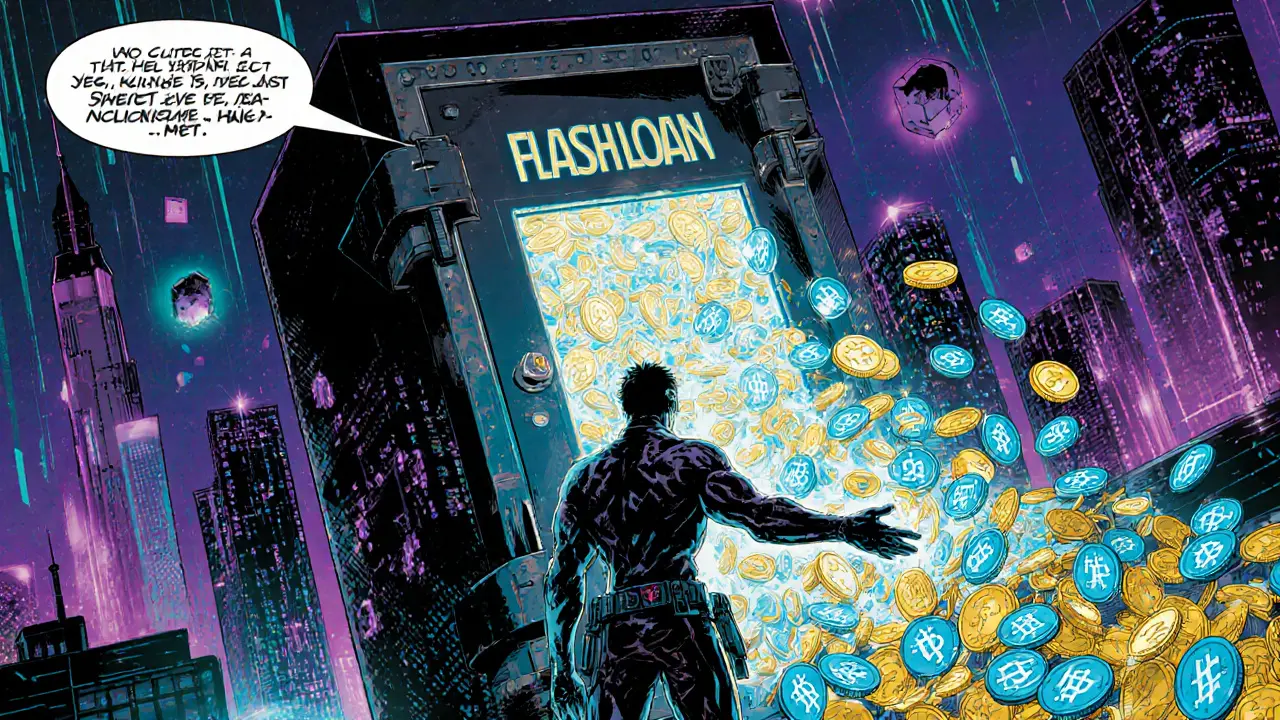Aave Flash Loan – What It Is, How It Works, and Real‑World Strategies
When working with Aave Flash Loan, a DeFi tool that lets you borrow any amount of assets without upfront collateral, provided you repay within the same blockchain transaction. Also known as instant loan, it has become a staple for developers and traders looking to execute complex moves in a single block. Aave Flash Loan is part of the broader Aave protocol, an open‑source lending platform on Ethereum and other chains, and it relies on smart contracts, self‑executing code that runs on the blockchain to enforce the atomicity rule.
Key Concepts and Everyday Use Cases
The power of an Aave flash loan lies in its ability to perform actions that would otherwise need large capital. Aave flash loan enables arbitrage by borrowing cheap assets, swapping them on a decentralized exchange (DEX) for a higher price, and repaying the loan—all in one transaction. This creates a direct semantic triple: Aave flash loan facilitates arbitrage across DEXes. The same mechanism fuels liquidation bots that monitor under‑collateralized loans; a flash loan grabs the needed liquidity, clears the bad debt, and earns a reward. Another triple connects the tool to collateral swaps: flash loans allow users to replace one collateral type with another without adding extra funds. Because the whole process runs inside a single smart contract call, there is zero exposure to price movement between steps, which is why many DeFi developers consider flash loans essential for rapid, capital‑efficient strategies.
While the opportunities sound exciting, the risks are very real. Since flash loans execute atomically, any error in the contract logic reverts the entire transaction, meaning you lose the gas spent. Reentrancy attacks, as seen in historic DAO exploits, can also target poorly written flash‑loan contracts. To stay safe, always audit the contract code, use reputable libraries, and test on a testnet before going live. Managing slippage, monitoring gas prices, and having fallback mechanisms are best‑practice habits that turn a flash‑loan experiment into a reliable tool. Armed with this overview, you’ll be ready to explore the articles below that dive deeper into specific strategies, code examples, and security checklists.
Learn how flash loan providers work, compare top platforms like Aave and dYdX, and get practical steps to launch your first flash‑loan strategy in DeFi.

